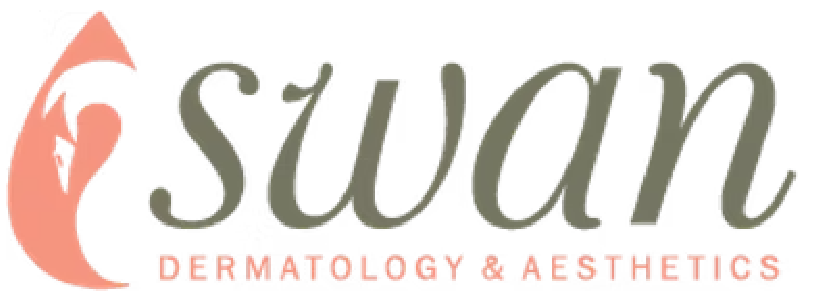Rosacea Awareness Month: Understanding The Condition
April is Rosacea Awareness Month, a time to raise awareness about this common but often misunderstood skin condition. Rosacea affects millions of people worldwide, yet misconceptions lead to delays in diagnosis and appropriate treatment.
What is Rosacea?
Rosacea is a chronic skin condition characterized by facial redness, visible blood vessels, swelling, and sometimes acne-like breakouts. While it primarily affects the face, it can also involve the eyes (ocular rosacea) and, in rare cases, other parts of the body. Rosacea typically develops gradually and may worsen over time without treatment.
Understanding Rosacea Symptoms:
- Facial Redness (Erythema): Persistent redness, often resembling a sunburn or blush, is a hallmark symptom of rosacea. This redness may come and go or become increasingly pronounced over time.
- Visible Blood Vessels (Telangiectasia): Small blood vessels may become visible beneath the skin’s surface, particularly on the cheeks, nose, chin, and forehead.
- Bumps and Pimples: Some individuals with rosacea may experience red bumps or pus-filled pimples, resembling acne. These may be tender or painful and can contribute to the overall appearance of inflammation.
- Eye Irritation: Ocular rosacea can cause symptoms such as redness, dryness, itching, burning, and sensitivity to light. Left untreated, it can lead to more serious complications, including vision loss.
Common Triggers of Rosacea:
- Sun Exposure: Ultraviolet (UV) rays from the sun are a common trigger for rosacea flare-ups. Protecting the skin with broad-spectrum sunscreen and wearing protective clothing and hats can help minimize this risk.
- Temperature Extremes: Exposure to hot or cold temperatures, as well as sudden changes in temperature, can increase rosacea symptoms. Avoiding hot baths, saunas, and extreme weather conditions can help reduce flare-ups.
- Spicy Foods and Alcohol: Certain foods and beverages, such as spicy foods, hot drinks, and alcohol (especially red wine), may trigger rosacea flare-ups in some individuals. Keeping a food diary can help identify and avoid potential triggers.
- Stress and Emotional Factors: Emotional stress and anxiety can contribute to rosacea flare-ups. Practicing stress-reduction techniques such as mindfulness, meditation, and deep breathing exercises may help manage symptoms.
Treatment Options for Rosacea:
While there is no cure for rosacea, various treatment options can help control symptoms and improve the overall appearance of the skin. These may include:
- Topical Medications: Prescription creams or gels containing antibiotics, azelaic acid, or other anti-inflammatory ingredients may help reduce redness and inflammation.
- Oral Medications: In some cases, oral antibiotics or other medications may be prescribed to control more severe symptoms of rosacea.
- Laser Therapy: Laser or light-based treatments can target visible blood vessels and reduce redness associated with rosacea.
- Skincare Routine: Gentle skincare practices, including using non-irritating cleansers and moisturizers, are essential for managing rosacea-prone skin. Avoiding harsh ingredients and abrasive exfoliants can help prevent further irritation.
By recognizing the symptoms of rosacea, identifying triggers, and seeking appropriate treatment, individuals with rosacea can take control of their skin health and quality of life. Our team is dedicated to providing personalized care and support for patients with rosacea and other dermatological concerns. Contact us today to learn more about our comprehensive services and schedule a consultation.
